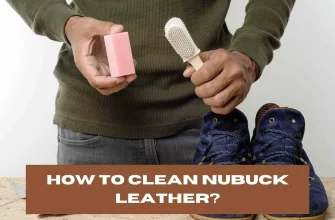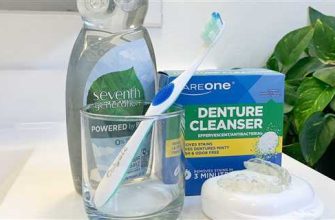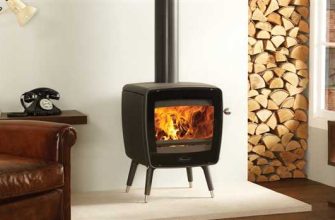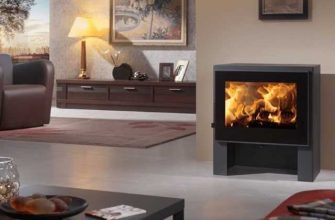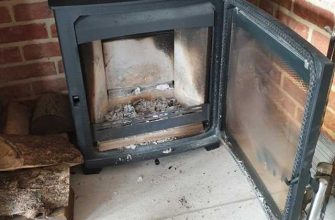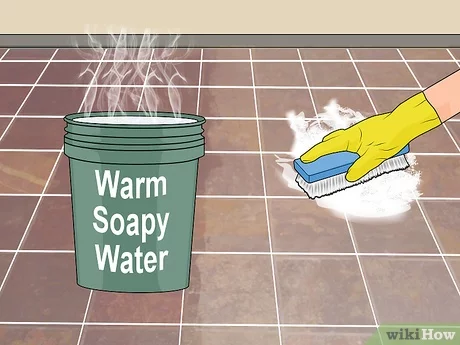
When it comes to cleaning, a key to success is having the right tools and knowing the best techniques. Cleaning slate surfaces can be a bit trickier than other materials, but with our easy steps, you’ll have a clean slate in no time.
Slate surfaces are popular in many homes, especially on countertops and hearths. They have a unique and natural look, but they can also be a bit more challenging to keep clean and maintain. Before you start cleaning, make sure your slate is properly sealed. If it’s not, you may want to consider sealing it first.
To start the cleaning process, sweep away any loose dirt or debris on the surface. You can use a broom or a vacuum with a soft brush attachment. Once the surface is free of loose dirt, apply a solution of warm water and mild soap using a soft cloth or sponge. Be careful not to use any harsh cleaners or abrasive materials, as they can damage the slate.
If you have tough stains or deep grime, you may need to use a poultice to remove them. Mix equal parts of water and distilled white vinegar to create a poultice paste. Apply the paste to the stained area and let it sit for at least 24 hours. Then, remove the paste with a gentle scrub brush or sponge, making sure to rinse thoroughly afterward.
For sealed slate surfaces, you can use a cleaner specifically designed for that purpose. There are many options available in stores, so be sure to check the labels and choose the one that is suitable for your particular type of slate. If you’re not sure, it’s always a good idea to test the cleaner on an inconspicuous area first.
One popular and effective cleaning agent for slate is WD-40. Simply spray a small amount of WD-40 on the surface and wipe it away with a soft cloth. This will help dissolve any grease or grime and make the slate surfaces clean and shiny again.
Another tip for cleaning slate is to avoid using vinegar or acidic solutions on marble or other sensitive surfaces. Vinegar can cause damage and staining, so it’s best to stick to mild detergent and water for those materials.
If you have slate flooring, it’s important to take extra precautions to protect it. Use mats or rugs in high-traffic areas to prevent scratches and wear. Avoid using abrasive materials or cleaners that can scratch or damage the surface. Always sweep or vacuum before mopping to remove any loose dirt or debris.
In conclusion, cleaning slate can be a straightforward process if you follow the right steps and use the appropriate cleaners. With regular maintenance and proper sealing, your slate surfaces will not only be clean but also restored and protected. So why wait? Start cleaning your slate surfaces today and enjoy a clean, fresh look for the upcoming winter season!
- Gather all necessary cleaning supplies
- Countertops
- Flooring
- Hearth
- Declutter and organize your space
- 1. Start with a clean slate
- 2. Sort and categorize
- 3. Create storage solutions
- 4. Label everything
- 5. Regular cleaning and maintenance
- 6. Create a cleaning schedule
- 7. Utilize storage solutions wisely
- 8. Stay organized
- Dust and sweep the entire area
- Deep clean surfaces, appliances, and furniture
- Start with a simple sweep
- Apply a cleaning solution
- Focus on stains
- Sealing countertops
- Deep cleaning appliances
- Polish furniture and surfaces
- Protection and maintenance
- Finish with a thorough vacuuming and mopping
- Video:
- How to polish andamp; clean a natural slate hearth TOP TIP! Cleaning andamp; polishing natural slate life hack!!
Gather all necessary cleaning supplies
When it comes to cleaning, you will want to gather all the necessary supplies before you start. This will ensure that you have everything you need and can work efficiently. Here are some tips on what you will need when cleaning different surfaces:
Countertops
- For most countertops, you can use simple cleaners that are specifically designed for the type of material your countertops are made of.
- If you have countertops that are prone to staining, make sure to use a sealing cleaner afterwards. This will help seal the surface and prevent future stains.
- If you are unsure how to clean a specific type of countertop, it’s always best to consult the manufacturer’s instructions or seek professional advice.
Flooring
- For most flooring surfaces, a simple solution of water and detergent will do the trick. Make sure to mop the floors regularly to keep them looking clean and fresh.
- If you have tile flooring, you may want to use a cleaner specifically designed for tiles. This will help restore the shine and remove any stubborn stains.
- For marble or granite flooring, make sure to use a cleaner that is specifically formulated for these surfaces. Avoid using vinegar or any acidic cleaners, as they can damage the surface and cause discoloration.
Hearth
- If you have a hearth made of stone or granite, you can use a mild detergent and water solution to clean it. Make sure to wipe it down with a soft cloth afterwards to remove any residue.
- If you have a painted hearth, you can use soap and water to clean it. If there are any stubborn stains, you can make a paste of water and baking soda to gently scrub them away.
- For hearths that are specifically sealed, make sure to use a sealer-and-stain remover to maintain the look and protect the surface from damage.
Remember, it is always important to read and follow the instructions on the cleaning products you are using. If you are unsure about any steps or techniques, it’s best to consult a professional or do thorough research beforehand. Happy cleaning!
Declutter and organize your space
Before you start cleaning your slate, it’s important to declutter and organize your space. A clutter-free environment not only looks better, but it also provides a clear mind and improves productivity. Follow these easy steps to declutter and organize your space:
1. Start with a clean slate
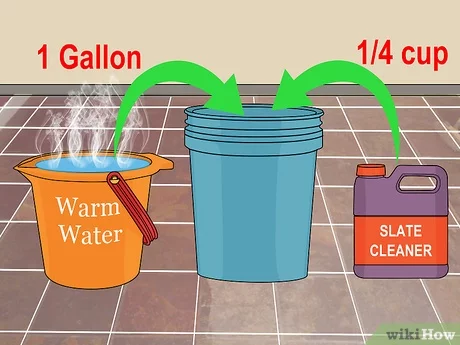
The first thing you need to do is clear off any surfaces and remove any unnecessary items. Put away items that don’t belong in the space and find proper storage for them. This will help you create a cleaner and more organized environment.
2. Sort and categorize
Next, sort through your belongings and categorize them. Create separate piles or boxes for items that you want to keep, donate, or throw away. This will make it easier for you to make decisions about what to keep and what to get rid of.
3. Create storage solutions
Once you have sorted your belongings, find proper storage solutions for them. This could involve purchasing storage containers, shelves, or bins. Categorize your belongings and assign them to specific storage areas, making it easier to find and access them when needed.
4. Label everything
Labeling your storage containers or shelves can help you locate items quickly and easily. Use clear labels or tags and be specific about what is inside each container. This will prevent you from searching through multiple containers to find what you need.
5. Regular cleaning and maintenance
To maintain a clutter-free and organized space, it’s important to incorporate regular cleaning and maintenance. Set aside time each week or month to declutter, reorganize, and clean your space. This will prevent the buildup of clutter and keep your environment clean and organized.
6. Create a cleaning schedule
Developing a cleaning schedule will help you stay on top of regular cleaning tasks. Assign specific tasks to each day or week, such as dusting, vacuuming, or washing surfaces. This will prevent your space from becoming messy and overwhelming.
7. Utilize storage solutions wisely
Make use of storage solutions that work best for your space and needs. Choose containers, shelves, or bins that are easy to access and fit well in your space. Consider using vertical storage options to maximize your space.
8. Stay organized
Once you have decluttered and organized your space, make a conscious effort to keep it that way. Return items to their designated storage areas after use, and avoid accumulating unnecessary items. Regularly assess and reorganize your space to ensure it stays clutter-free.
By following these steps, you can declutter and organize your space, providing a clean and functional environment that will help improve your productivity and overall well-being.
Dust and sweep the entire area

Before you start cleaning your slate hearths or any other surfaces, it is important to remove all dust and dirt that may have accumulated over time. This step is especially crucial during the winter months when your hearth may have been used frequently. By dusting and sweeping regularly, you can prevent the build-up of dirt and avoid any potential damage to the slate.
Here are some easy steps to dust and sweep your slate area:
- Start by removing any loose debris or ashes from the hearth using a broom and dustpan.
- Use a soft bristle brush or a vacuum cleaner with a soft brush attachment to gently remove dust and dirt from the slate surface. Be sure to reach into all the nooks and crannies.
- If there are any stubborn stains or dirt spots, you can make a poultice using a mixture of warm water and a mild soap or detergent. Apply the poultice to the stained area and let it sit for a few minutes before gently scrubbing it with a soft brush.
- For ceramic tiles or other non-slate surfaces, make sure to check the manufacturer’s instructions for any specific cleaning recommendations. Some ceramic tiles may require different cleaning products or methods.
When cleaning your slate surfaces, it is important to remember that harsh chemicals or abrasive materials can damage the slate. Therefore, it is recommended to use gentle cleaning solutions and avoid using any sharp or abrasive tools.
If you have a granite hearth, you can use a mild soap and warm water solution to clean it. Avoid using any acidic or abrasive cleaners as they can discolor or damage the granite surface. Additionally, you should regularly sweep and dust the granite to prevent staining or scratching.
For stainless steel hearths or other metal surfaces, you can use a mixture of warm water and mild soap to clean them. After cleaning, make sure to dry the surface thoroughly to avoid any water stains. If you notice any scratches or scuffs on the metal surface, you can use WD-40 or a similar product to polish and restore its shine.
Marble is another popular material for hearths and countertops. To clean marble, you can use a mild soap and warm water solution. Avoid using acidic or abrasive cleaners as they can cause damage to the marble. After cleaning, make sure to dry the surface thoroughly to prevent any water spots or streaks.
By following these simple cleaning steps and regularly maintaining your slate, ceramic, granite, stainless steel, or marble surfaces, you can keep them looking clean and beautiful for years to come.
Deep clean surfaces, appliances, and furniture
When it comes to cleaning your surfaces, appliances, and furniture, there are a few simple steps you can follow to ensure a deep clean. Whether you have countertops made of granite, marble, or any other popular material, these tips can help you restore them to their original shine.
Start with a simple sweep
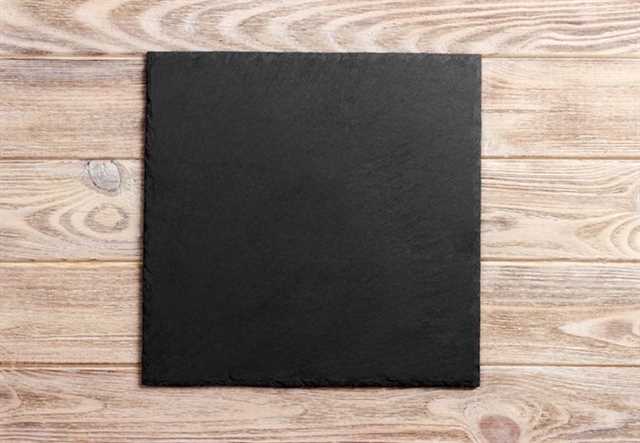
Before you begin the deep cleaning process, it’s important to remove any loose dirt or debris from the surface. Use a broom or vacuum to gently sweep away any crumbs or dirt.
Apply a cleaning solution
Next, you’ll want to apply a cleaning solution to the surface. Mix a few drops of dish soap with warm water to create a soapy solution. Apply this solution to the surface using a cloth or sponge, and be sure to scrub gently to avoid staining or damaging the surface.
Focus on stains
If you have any stubborn stains on your surface, you can make a paste using baking soda and water. Apply this paste to the stained area and let it sit for a few minutes. Then, gently scrub the stain with a soft cloth or sponge. Rinse the area thoroughly afterwards to remove any residue.
Sealing countertops
Sealing countertops is an important step in maintaining their appearance and protecting them from damage. Before applying a sealer, make sure the surface is clean and dry. You can find countertop sealers at most home improvement stores. Follow the instructions on the sealer to properly apply it to your countertops.
Deep cleaning appliances
For appliances, such as stoves, refrigerators, or ovens, a simple soapy solution should be enough for regular cleaning. However, for deep cleaning, you may need to use specialized appliance cleaners. Follow the instructions on the cleaner to properly clean and polish your appliances.
Polish furniture and surfaces
If you have furniture or surfaces made of wood, such as tables, chairs, or flooring, regular polishing is essential to maintain their appearance. Use a furniture polish or a wax appropriate for the material and follow the instructions for best results. For surfaces made of slate, you can use a slate sealer or polish to restore their shine.
Protection and maintenance
After deep cleaning, it’s important to maintain your surfaces, appliances, and furniture. Regularly clean and dust them to prevent dirt buildup. For surfaces that are regularly exposed to moisture, such as bathroom countertops or outdoor slate flooring, consider applying a protective barrier like a waterproof sealant or wax coating.
Remember, prevention is key when it comes to cleaning. If you spill something on your surface, clean it up immediately to avoid staining. Using coasters and trivets can also help protect surfaces from hot items.
By following these steps and tips, you can keep your surfaces, appliances, and furniture looking new and clean.
Finish with a thorough vacuuming and mopping
Once you have completed the previous steps, it’s time to give your slate flooring or hearth a final cleaning to make sure it is spotless and ready to shine. Follow these easy steps to finish the job:
- Vacuum the area: Before you start mopping, it’s important to remove any loose dirt, dust, or debris from the surface. Use a vacuum cleaner with a brush attachment to thoroughly sweep the area.
- Mop with warm water and cleaner: Fill a bucket with warm water and add a few drops of a pH-neutral cleaner. Avoid using vinegar or any acidic cleaners, as they can damage the slate. Dip a clean mop into the solution and wring it out until it is damp. Mop the entire surface, making sure to reach all corners and crevices.
- Focus on stains: If you notice any stubborn stains or marks on the slate, you can use a gentle cleaner or a poultice made of distilled water and a cleaning agent. Apply the poultice to the stained area, let it sit for a few minutes to absorb the stain, and then gently wash it away with warm water. Be careful not to scrub too hard, as this can damage the surface.
- Dry the surface: After mopping, use a clean, dry mop or a towel to remove any excess moisture from the slate. This will prevent water spots or streaks from forming.
Following these steps will ensure that your slate flooring or hearth looks great and is completely clean. Remember to always sweep or vacuum regularly to prevent dirt and debris from scratching the surface. If your slate is sealed, be sure to follow the manufacturer’s recommendations for sealing and maintenance. With proper care, your slate will remain beautiful and durable for years to come.

